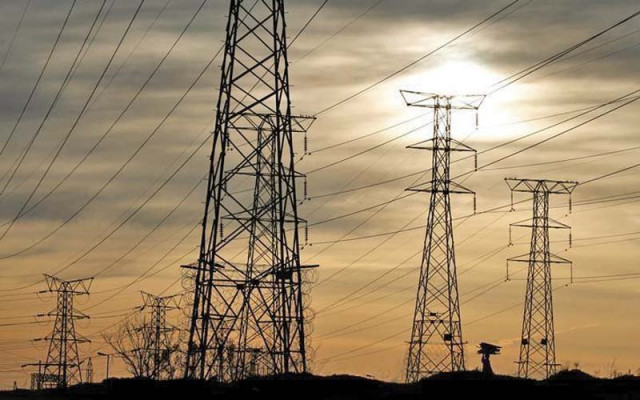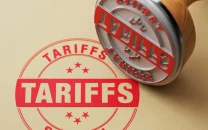K-Electric makes excessive collection of Rs62 billion
Ministry asks NEPRA to cut tariff to pay back the extra amount to consumers

The calculation shows that K-Electric had been allowed higher transmission and distribution losses than the stated benchmark which were recovered from the consumers. PHOTO: REUTERS
The ministry has also called for a strict accountability of those responsible for causing such a colossal loss to the Karachi consumers.
Shanghai Electric unveils $9b investment plan for K-Electric
In a recent letter sent to the power-sector regulator Nepra, Water and Power Secretary Younus Dagha said rough estimates suggested that with the help of excessive tariff determination, K-Electric consumers had been made to pay Rs62 billion in the past few years.
He described the tariff determination practice adopted for K-Electric a violation of the general policy and guidelines related to the tariff determination.
He advised Nepra to set a new tariff for K-Electric and not only address the anomalies but also transfer the excessive collection back to the consumers.
Ideally, in the base tariff of say Rs100 per unit, if the cost component over a period has fallen by 5% and transmission and distribution losses have been targeted to decrease by 5%, the cumulative tariff reduction effect will roughly be around 10% and the new tariff will be Rs90 per unit.
The multi-year tariff, which Nepra sets for K-Electric, provides for a mechanism whereby the tariff is adjusted every quarter to reflect the revised fuel and energy purchase costs as well as targets for the transmission and distribution losses.
The calculation shows that K-Electric had been allowed higher transmission and distribution losses than the stated benchmark that were recovered from the consumers.
Dagha said it had become now evident that the consumers were denied the benefit in fuel price adjustments. The windfall allowed to K-Electric on that account had been in billions of rupees every year through the multi-year tariff and quarterly adjustments determined by Nepra, he said.
The ministry further said the figures showed that the declared losses allowed to the company stood at 15% and the effective losses due to the tariff-setting mechanism allowed by such a calculation came to around 28.5% higher than even its actual losses at 23.7%.
“This has roughly provided a windfall of Rs12.91 billion in a single financial year of 2015, which under the law was supposed to be passed on to the consumers.”
The practice had been going on for the past several years and the estimated accumulative loss to the consumers stood at more than Rs60 billion, it said.
Another flaw in the K-Electric tariff calculations is the cost of generation allowed to the company for its own generating units.
Corporate results: K-Electric’s three-month profit surges to over Rs12 billion
While Nepra had been very strict with state-owned power generation units which were many a time not allowed their actual generation cost, K-Electric had been allowed to recover very high prices whereas actual generation costs were much lower, the ministry said.
The cumulative efficiency of K-Electric plants is around 40% while the cost is calculated by Nepra at an efficiency of around 37% allowing an estimated Rs2 billion last year.
K-Electric spokesperson refused to comment on the story, saying the company had not received the letter.
Published in The Express Tribune, January 27th, 2017.
Like Business on Facebook, follow @TribuneBiz on Twitter to stay informed and join in the conversation.


















COMMENTS
Comments are moderated and generally will be posted if they are on-topic and not abusive.
For more information, please see our Comments FAQ